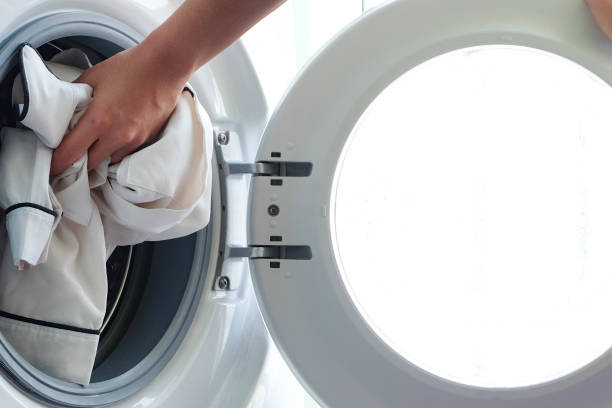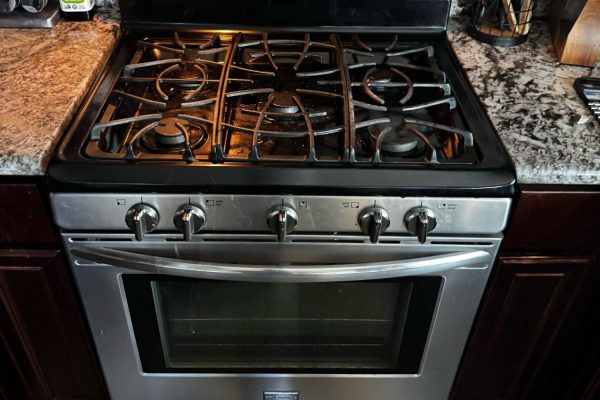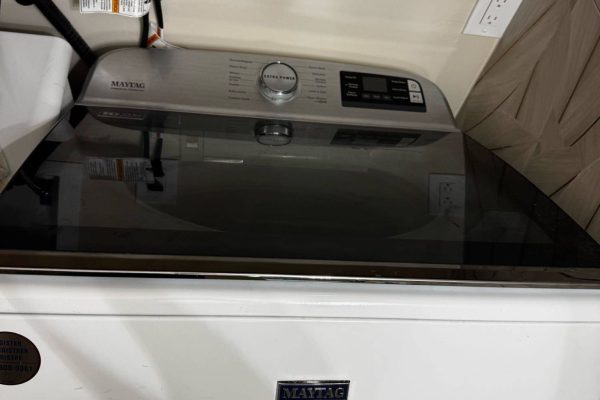The drainage filter plays a crucial role in washing machines, responsible for capturing lint, debris, and other foreign objects to prevent them from clogging the drain pump or outlet hose. When the drainage filter becomes damaged or blocked, it can impede the draining process, leading to water retention in the drum and potential flooding. Understanding the causes, symptoms, and solutions for damaged or blocked drainage filters is essential for homeowners to maintain the efficiency and functionality of their washing machines. In this article, we will delve into the intricacies of drainage filters in washing machines and provide practical solutions for addressing defects in this critical component.
Understanding Drainage Filters in Washing Machines
The drainage filter, also known as the lint trap or coin trap, is typically located near the bottom of the washing machine, behind an access panel or cover. Its primary function is to capture lint, hair, coins, and other debris that may be present in the laundry and prevent them from entering the drain pump or outlet hose. Regular cleaning and maintenance of the drainage filter are essential to ensure proper drainage and prevent clogs.
Causes of Damage or Blockage in Drainage Filters
Accumulation of Lint and Debris:
The most common cause of blockage in drainage filters is the accumulation of lint, hair, and other debris from the laundry. Over time, these materials can build up inside the filter, restricting water flow and causing drainage problems.
Foreign Objects:
Occasionally, foreign objects such as coins, buttons, or small items of clothing may become lodged in the drainage filter, causing blockages and impeding the draining process.
Physical Damage:
The drainage filter itself may become damaged due to physical impact or wear and tear over time. Cracks, breaks, or deformities in the filter housing can compromise its effectiveness and lead to drainage issues.
Symptoms of a Damaged or Blocked Drainage Filter
Slow Draining:
A common symptom of a damaged or blocked drainage filter is slow draining of water from the washing machine. The machine may take longer than usual to drain completely, resulting in extended cycle times and water retention in the drum.
Water Leaks:
If the drainage filter is severely blocked or damaged, it may cause water to overflow from the washing machine or leak onto the floor during the draining process. This can lead to water damage to the surrounding area and potential safety hazards.
Error Codes:
Some modern washing machines are equipped with error code displays that indicate problems with drainage or water flow. If a drainage filter blockage is detected, the washing machine may display an error code such as “E03” or “ND,” signaling the need for troubleshooting and repair.
Solutions for Addressing a Damaged or Blocked Drainage Filter
Clean the Drainage Filter:
Begin by locating the drainage filter access panel or cover on the washing machine and removing it according to the manufacturer’s instructions. Carefully inspect the filter for signs of damage, blockage, or foreign objects. Use a soft brush or cloth to remove any visible lint, debris, or obstructions from the filter housing and mesh screen. Rinse the filter thoroughly under running water to remove stubborn debris and ensure proper drainage.
Check for Foreign Objects:
Inspect the drainage filter and surrounding area for any foreign objects that may be causing blockages, such as coins, buttons, or small clothing items. Use a flashlight and a pair of tweezers or pliers to carefully remove any lodged objects from the filter housing. Be gentle to avoid damaging the filter or other components.
Replace Damaged Filters:
If the drainage filter is cracked, broken, or otherwise damaged, it may need to be replaced with a new one. Consult the washing machine’s user manual or contact the manufacturer for guidance on obtaining a compatible replacement filter. Follow the manufacturer’s instructions for installation to ensure proper fit and functionality.
Perform Regular Maintenance:
To prevent future blockages and ensure optimal drainage, incorporate regular maintenance of the drainage filter into your washing machine care routine. Check and clean the filter after each laundry cycle, especially if washing heavily soiled items or garments that shed a lot of lint. Additionally, consider using mesh laundry bags or lint traps for items such as pet bedding or heavily lint-producing fabrics to reduce the amount of lint entering the washing machine.
A damaged or blocked drainage filter in a washing machine can lead to slow draining, water leaks, and potential damage to the appliance and surrounding area. By understanding the causes, symptoms, and solutions for drainage filter defects, homeowners can effectively diagnose and address issues to maintain the efficiency and functionality of their washing machines. Regular cleaning, inspection, and replacement of drainage filters, as well as proper maintenance practices, are essential for ensuring optimal drainage and preventing clogs. When in doubt, consult the washing machine’s user manual or seek assistance from a professional technician for expert diagnosis and repair of drainage filter problems.
We have appliance repair experts available today! Call a professional Poway Appliance Repair Service Center technician by phone or book your service.
Our service center is open 24/7, so you can easily schedule a convenient repair time. The specialist will arrive at the agreed time, carry out a diagnosis, and, if necessary, offer repairs. If you are willing, your appliance will be repaired directly on-site within 1-2 hours. We provide top-notch service at an affordable price!
Contact us


